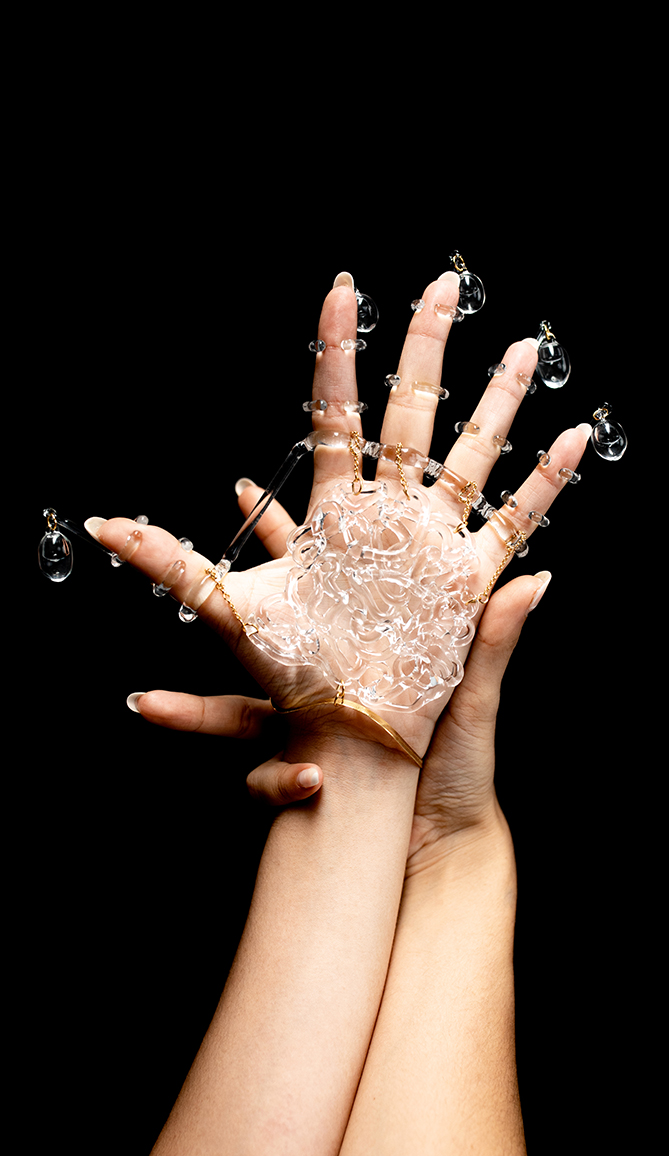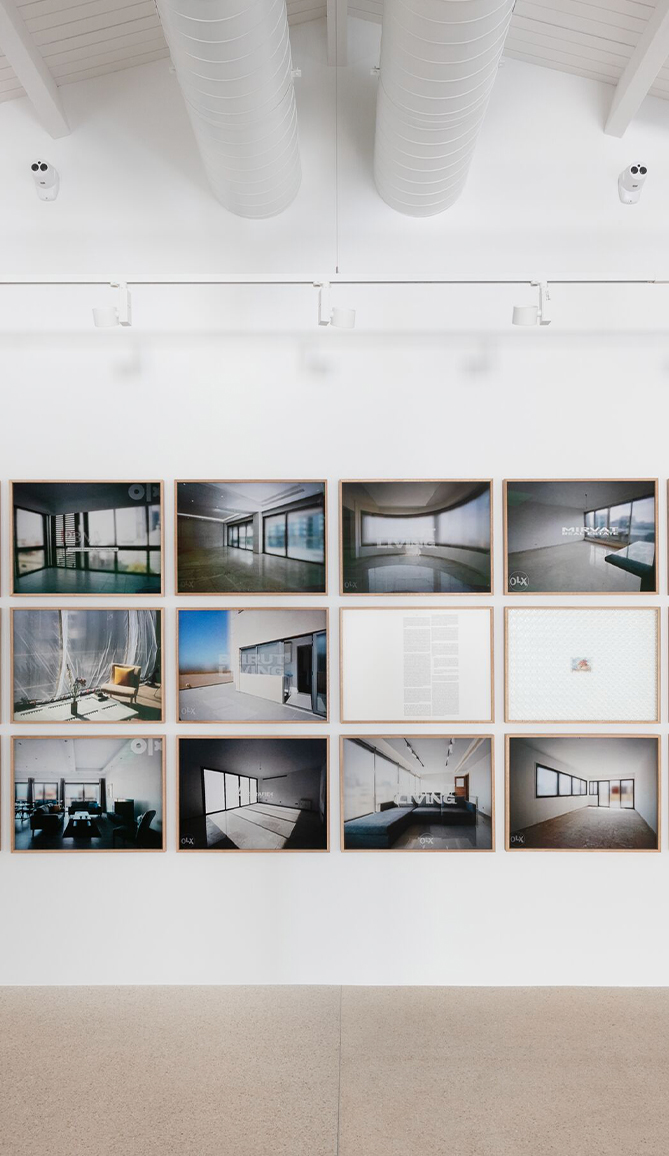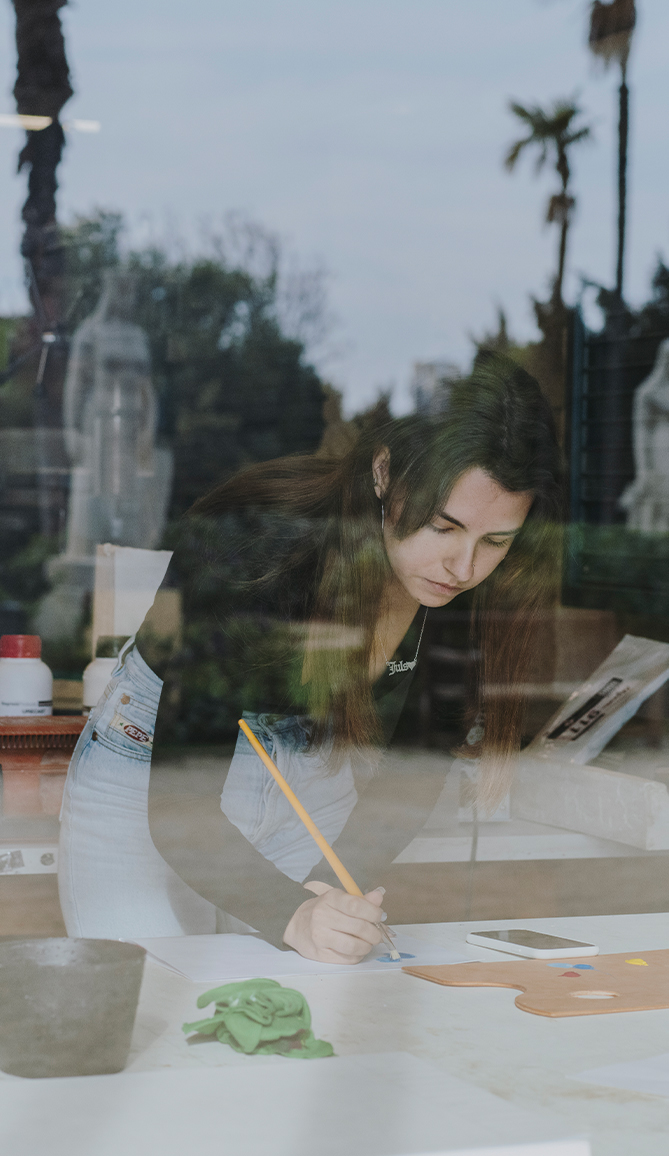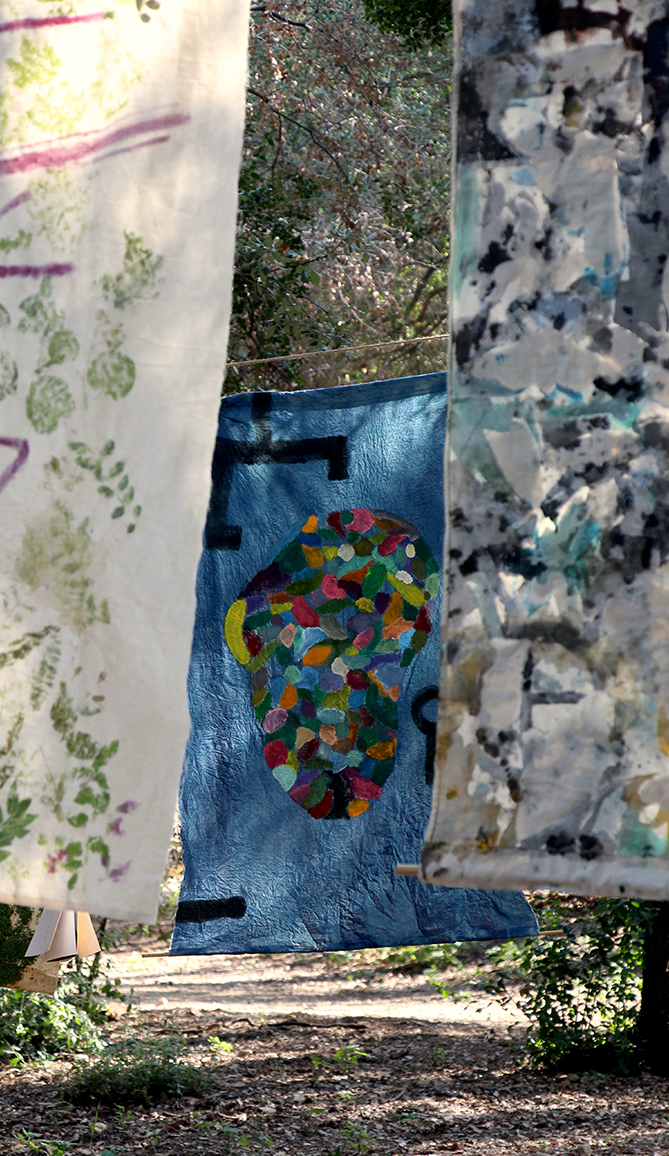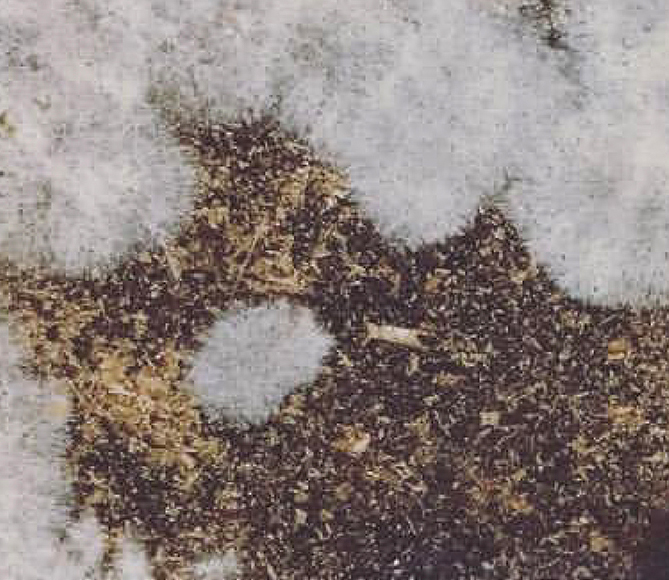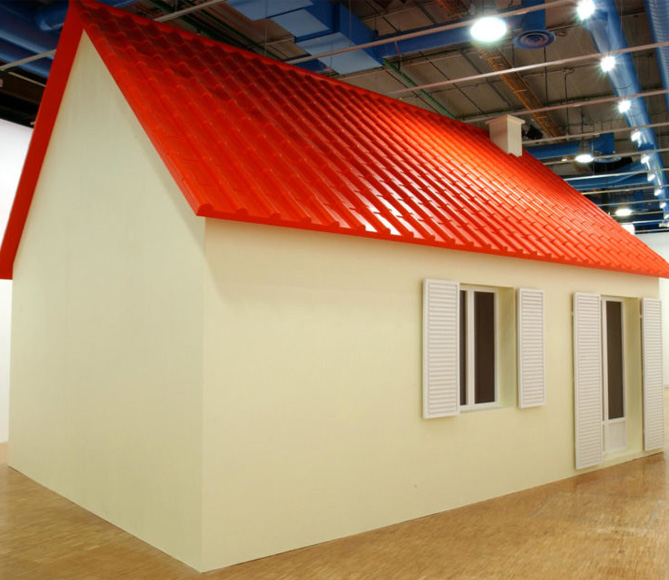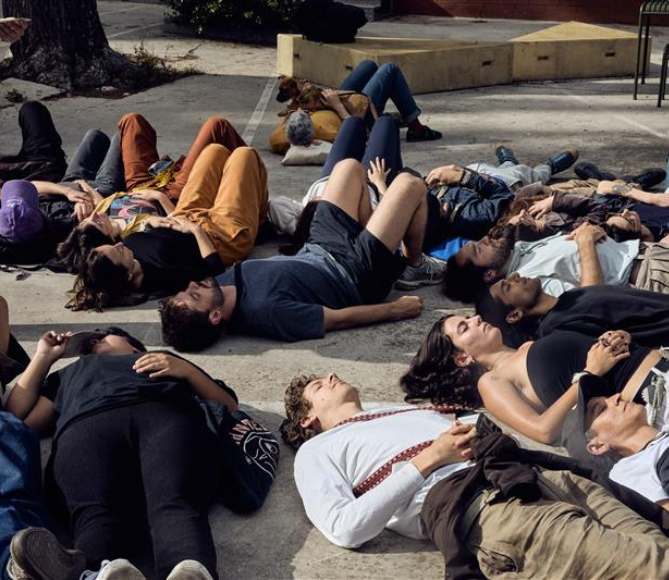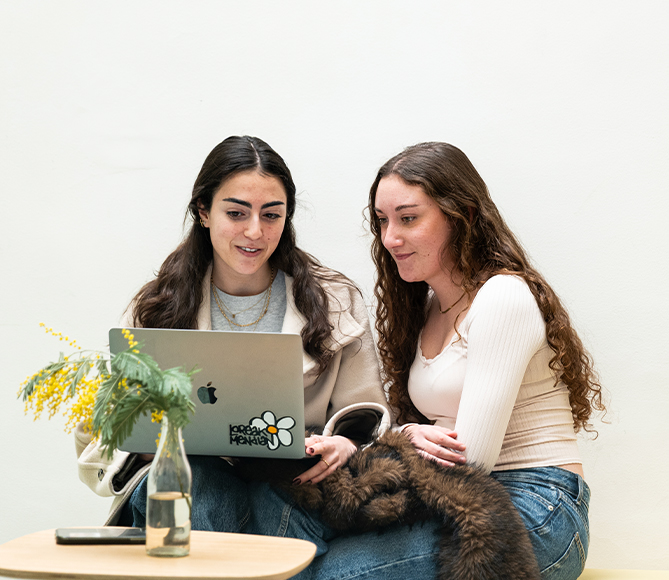Chronicle of a friendship 1967 / 2024.
The Archive, The Library, and the Art Collection.
1967. La casa Dolcet
The building at Avinguda de Vallvidrera, 44 bis, was EINA's first headquarters.

Photography by Colita.
Xavier Miserachs commissioned Colita, who at that time was working in her studio, to photograph the headquarters of EINA for the publication of an advertising brochure.
 Photography by Merxe Cisteró.
Photography by Merxe Cisteró.
Xavier Miserachs was a founding member of EINA and a first-year photography professor (1967-1968). Several individuals who would end up becoming renowned photographers were members of this graduating class, including Paco Llobet, José Manuel Ferrater, and Manuel Serra.
Manel Esclusa has been the head of the school's Photography Department since 1978.
EINA was one of the first institutions to consider photography and image studies as an academic pursuit.

Colita's friendship with many of the founding professors at EINA and with the students of the first graduating classes was evident.
Her participation in academic life was very active: she taught master classes, led conferences and workshops, and produced reports on many of the school's activities.
1977. Lindsay Kemp visits EINA
Colita produced the photographic report for this event. Lindsay Kemp's company premiered Flowers, a pantomime for Jean Genet at the Romea Theatre in Barcelona, which became the great theatrical event of the season.
The company was invited to visit the school and give a talk about the show and Lindsay Kemp held a participatory workshop exclusively for EINA students and friends. It was held in the events hall at the Teatre Lliure de Gràcia, on the set of the play Titus Andronicus by William Shakespeare, created by Fabià Puigserver, which was being performed at the time.
Puigserver held a set design seminar at EINA.
 Photography by Colita.
Photography by Colita.
This workshop involved Cesc Gelabert, who was an active member of the EINA community at the time. After a few years he became a renowned dancer with his own company.
 Photography by Colita.
Photography by Colita.
1979. A rose is a rose is a rose
This exhibition featured portraits of young people representing different urban tribes. Most of them were EINA students or friends. To encourage spontaneity, Colita gave herself five minutes to craft each portrait. Sessions were held in her studio.
Once the life-size black and white photographic enlargements were completed, Xavier Olivé took action by adding real objects that helped to define the personality of each portrait.
EINA’s Archive holds a copy of the poster of the room that played the phone conversations.

1977. Antifémina
With text by Maria Aurèlia Capmany and photography by Colita.
A copy of the dedicated and signed first edition is held by the EINA library.
Today it is considered a groundbreaking, cult-classic in the feminist struggle.

It was published by the Nacional Publishing House. At the time, it was censored and banned. Later, it was showcased with an exhibition at the Reina Sofía Art Centre in Madrid.
In 2021, the Barcelona City Council reissued it.
1963. Carmen Amaya

This photograph was taken during the filming of the film Los Tarantos, directed by Francesc Rovira Beleta.
Colita donated the photograph to the EINA Art Collection. Original copy from the period on paper.
1979. El mar és una festa
Festival to pay tribute to Fellini. The school’s main classroom was transformed into a stage where Colita portrayed the participants dressed in allegorical costumes about the sea that they themselves had designed and made.

As if it were a beach, with the sea in the background, a theatre set rented from the Salvador brothers was hand-painted on paper. The waves were made of black and transparent plastic and sand was scattered across the ground.
The assembly was designed and carried out by the students in the stage design and ephemeral editing workshop taught at EINA by Xavier Olivé.
The end-of-year celebrations has a major impact on the audience.

1981. The cemeteries of Barcelona
Colita and Pilar Aymerich gave a master class at EINA explaining how they created the photographic report to publish the book.

The graphic design was done by Eulalia Grau, who had been a student at EINA. The text was written by Carme Riera and published by Edhasa.

A dedicated and signed copy is available in the EINA library.
1980. Maternity

Colita donated this photograph to the EINA Art Collection.
Original period copy on paper.
1982. Barcelona's Eixample

The photographs are by Colita and Pilar Aymerich, the text is by Josep M. Carandell, and the foreword is by Maria Aurèlia Capmany.
A dedicated and signed copy is available in the EINA library.
1966. La Barceloneta

Colita donated the photograph to the EINA Art Collection. Original copy from the period on paper.
1992. BESTIARIO XXX
This is a book of objects with text by Rosa Regàs.
Colita was a pioneer in creating images using virtual reality.
The EINA art collection is home to copy no. 4/50, dedicated and signed.

2010. I'm not a mirror!
In 1971 Colita exhibited the ironic portraits of members of the Gauche Divine at the Sala Aixalà in Barcelona: Terenci Moix, García Márquez, Serrat, Vargas Llosa, and Gil de Biedma, among many others.
The exhibition was shut down by the police after two days. Anna Maio and Gonzalo Herralde were also portrayed, dressed as bride and groom. Maio was EINA's director from 1992 to 2011.
In 2017 Colita was appointed as a Master of the FAD, and for this reason the exhibition was presented under the name of "La Gauche qui Rit".

The bibliographic collection was donated by Xavier Olivé.
GOODBYE COLA, COLITA, COLASSA, as Ventura Pons called her.
Text: Xavier Olivé, Galá Pérez, and Guillem Celada.
Cover photography: Oriol Maspons
